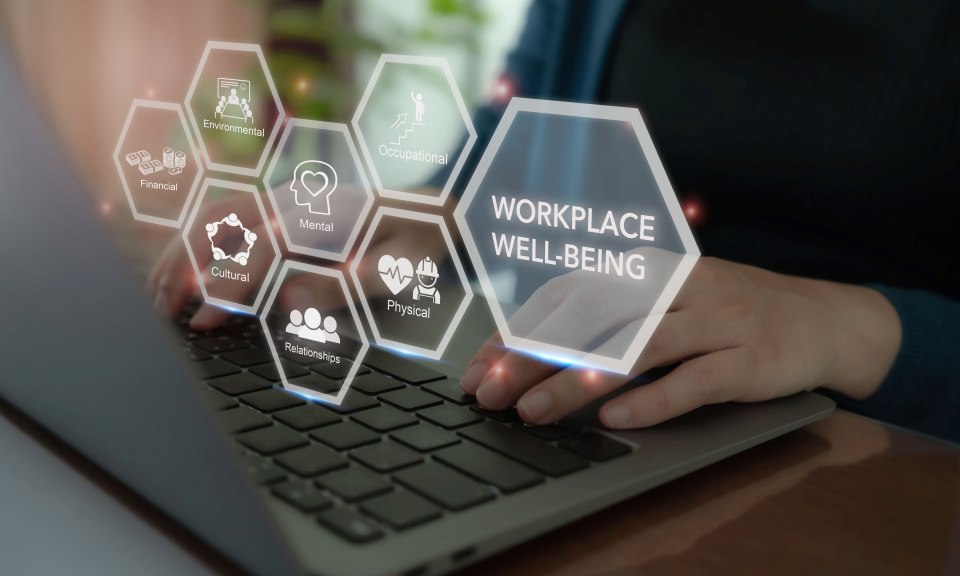Wellbeing has emerged as a critical priority in today’s workplaces. Companies are embracing innovative tools and strategies to build healthier, more resilient teams. Mesi Balog, Workplace Wellbeing Consultant and founder of Treat Your Staff, discusses workplace wellbeing trends in 2025 . These actionable insights could help EAs and PAs to build strategies around these trends and start implementing them…
What are the workplace wellbeing trends in 2025?
AI – Unmissable wellbeing tools for work
“I recently came across Breathhh – nicknamed as the “Workplace Wellbeing Companion”. This Chrome extension monitors your patterns of interaction with your browser and suggests mental health exercises at appropriate moments to help relieve stress and stay active.
I’m genuinely a fan of tech and AI – at the same time I believe that positive human to human interactions will always have a much bigger impact on our overall wellbeing. Tools can remind us to take regular breaks, but if we don’t have psychological safety at the workplace and don’t feel we can speak up about issues to our managers – we won’t go far with AI tools. The real power of AI platforms is in personalised support. They can help detect burnout risks, provide mental health resources and fitness plans.
Key Strategies:
- Educate your teams on AI to avoid anxiety and fear amongst employees: Invite AI Experts to explain benefits of using AI tools at work.
- Conduct frequent surveys: Gather anonymous employee feedback on engagement, stress levels and to track satisfaction and to pinpoint areas for improvement.
- Adopt personalised AI tools: Leverage apps that deliver tailored wellness recommendations based on employee data.
Mental health – the rising need for trained leaders
Mental health is now a cornerstone of workplace wellness. In 2025, UK companies are taking proactive measures, including on-demand counselling services, formal mental health days, and targeted manager training to address mental health challenges early. The economic benefits of these initiatives are significant. For every £1 invested in mental health interventions, businesses see a £4 return through reduced absenteeism, presenteeism, and turnover (study by Deloitte).
Key Strategies:
- Invest in leadership training: Equip managers with mental health first aid training and emotional intelligence skills.
- Develop mental health ambassadors: Establish dedicated advocates within teams to promote mental health awareness.
- Encourage open dialogue: Foster a culture where employees feel safe discussing their mental health without fear of judgment.
Burnout and digital fatigue – on of the top workplace wellbeing trends in 2025
Employees value autonomy, and organisations are adapting to meet this demand. With remote and hybrid work on the rise, digital fatigue is a growing concern, environments and policies to help employees disconnect and recharge are needed.
Key Strategies:
- Implement dynamic work policies: Normalise options for remote or flexible schedules tailored to individual needs.
- Establish no-phone zones: Create spaces in the office where employees can relax without digital distractions.
- Promote digital detox hours and days: Encourage periodic breaks from technology to reset and recharge. When it comes to a team get-away, choose a fun outdoor wellbeing activity.
For more information and ideas see Treat Your Staff
Mesi from Treat Your Staff has written an excellent article for us about the importance of desk posture.










